Agroforestry: Potentials and Opportunities
In order to assess the potentials and opportunities leading to sustainable production, a national symposium was planned and in order to review the situation, book chapters were invited from leading agroforesters from the country. Considering water as a key resource under rainfed situations and its conservation through agroforestry has been described in the first chapter where use of multipurpose tree is shown to completely checks soil loss and runoff. In second chapter issues, challenges and strategies for water resource conservation are presented. The role of agroforestry in special problem areas like drought and floods has been identified through this paper. In the sequence, the third chapter addresses to the problems of conservation of Himalayan region. The papers imply and illustrate the value of integrating watershed with agroforestry for resource conservation in Himalayas. During the recent years, carbon sequestration has been emphasized to mitigate climate change for which agroforestry as potential tool has been discussed and emphasized in chapter four. Cultivation of fast growing trees with crop on degraded lands has also been identified. These parameters of resource conservation have been described for their role in improving soil fertility in the fifth chapter where the role of tree biomass for fertility enrichment has been clearly illustrated. Chapter six sets the seen for identifying the potential in meeting three objectives, viz., protecting and stabilizing the ecosystem, producing high level of input, providing stable employment and including the income. Chapter seven to twelve are committed to region specific to agroforestry highlighting Himalayas, coastal areas, hot arid regions, rainfed areas, where the potentials and opportunities have been described. Production of coffee and spices is normally tree based and thus as an agroforestry system, it has been discussed in chapter thirteen. Tree breeding and improvement are important input to the agroforestry and have been highlighted in chapter fourteen. Similarly, techniques and methodologies of tree growth modelling to make prediction have been brought out in chapter fifteen. Agroforestry involves ecological interaction between the components. The complementarity and competitive effect and their biophysical aspects have been translated in chapter sixteen and seventeen. Livestock form and important component of agroforestry since they derive food and nourishment from the system. Chapter eighteen and nineteen are addressing these issues. Agroforestry as a tool for social equity, rural prosperity and raw material availability for industry have been brought out through small case lets in chapter twenty-two to twenty four.
Get it now and save 10%
BECOME A MEMBER

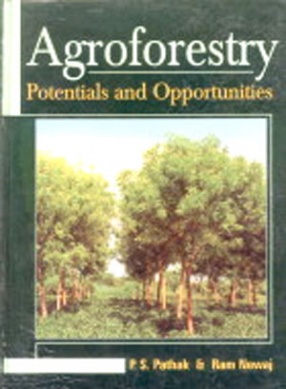

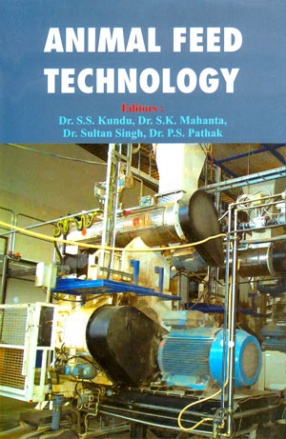
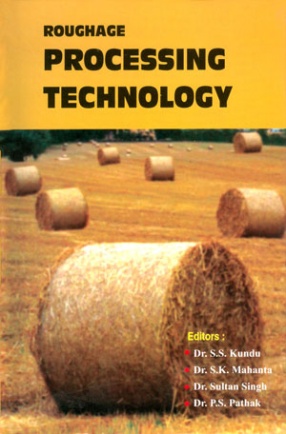
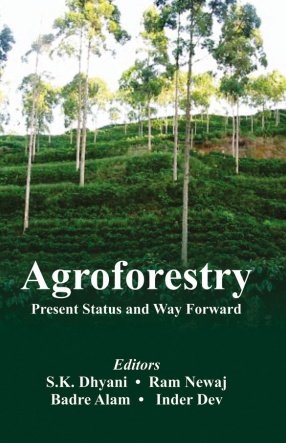
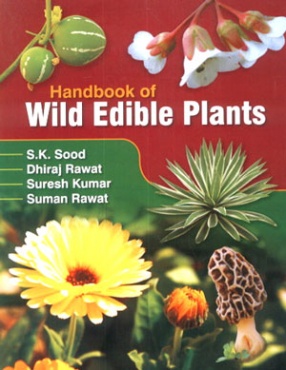
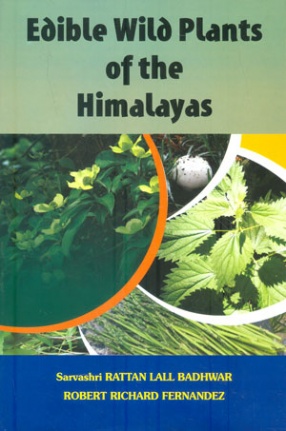
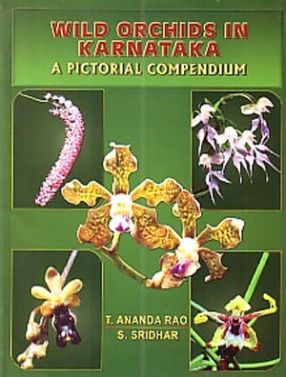

Bibliographic information
Ram Newaj